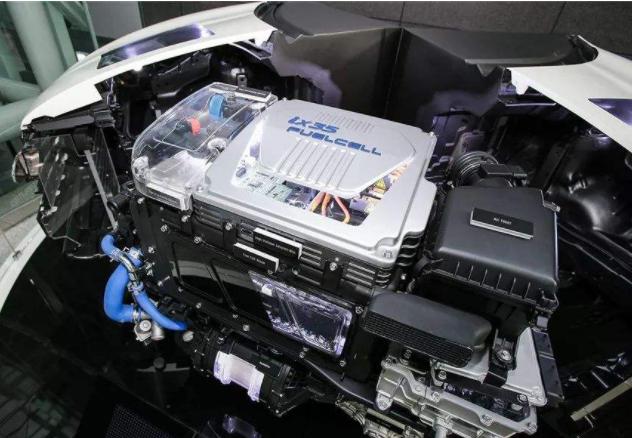Problems related to hydrogen and fuel cells (1)
1. How do fuel cells generate electricity?
Like batteries, fuel cells generate electricity through electrochemical reactions, which produce electricity without any combustion. Unlike batteries, fuel cells do not run out and do not need to be recharged, and provide electricity continuously as long as they provide a constant source of fuel and oxygen.
2. What does a fuel cell produce?
Fuel cells usually use hydrogen to generate electricity and only emit water and heat. For a polymer electrolyte membrane (PEM) fuel cell, hydrogen is fed to one side of the fuel cell and oxygen is fed to the other. Hydrogen ions cross the membrane and react with oxygen on the other side to form H 2 O (or water) and generate electricity.
3. When was the first fuel cell invented?
Welsh scientist Sir William Robert Grove invented the fuel cell in 1839. However, the technology was not commercially available until the 1960s.
A fuel cell
4. How do you increase the amount of electricity generated by a fuel cell system?
A single fuel cell produces about one volt of power. To increase the amount of electricity produced, individual fuel cells are combined to produce a fuel cell stack. Depending on the application, the fuel cell stack may contain only a few cells, such as when used to generate portable electricity for laptops or other consumer electronics, or hundreds of individual cells, such as when used to power passenger vehicles.
5. When were fuel cells first used in space?
NASA first used carbon dioxide fuel cells to power on-board electronics during the Gemini 5 mission in 1965, breaking the world durability record for a manned space shuttle. Fuel cells not only provide electricity, but also water for astronauts. This technology was refined and used in all subsequent manned space missions, including the Apollo and Space Shuttle programmes.
Problems related to hydrogen and fuel cells(2)





 Facebook
Facebook YouTube
YouTube LinkedIn
LinkedIn Twitter
Twitter